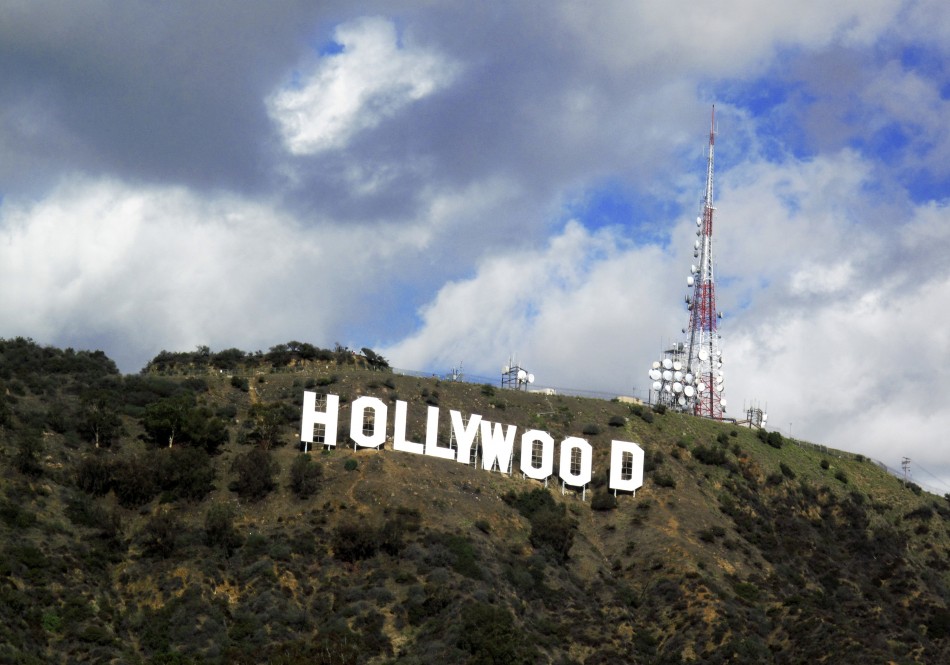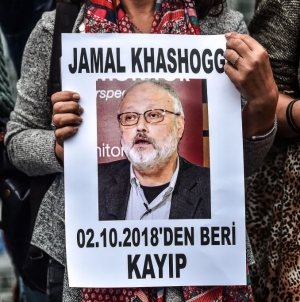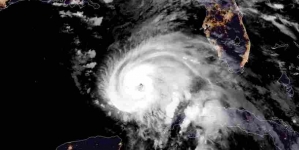-
Tips for becoming a good boxer - November 6, 2020
-
7 expert tips for making your hens night a memorable one - November 6, 2020
-
5 reasons to host your Christmas party on a cruise boat - November 6, 2020
-
What to do when you’re charged with a crime - November 6, 2020
-
Should you get one or multiple dogs? Here’s all you need to know - November 3, 2020
-
A Guide: How to Build Your Very Own Magic Mirror - February 14, 2019
-
Our Top Inspirational Baseball Stars - November 24, 2018
-
Five Tech Tools That Will Help You Turn Your Blog into a Business - November 24, 2018
-
How to Indulge on Vacation without Expanding Your Waist - November 9, 2018
-
5 Strategies for Businesses to Appeal to Today’s Increasingly Mobile-Crazed Customers - November 9, 2018
New Study Reveals Hollywood’s Diversity Problem Is At “Epidemic” Levels
The lack of diversity in this year’s Oscar nominations produced a much-needed dialogue about racial and gender inclusion in the film industry, with some of the biggest names in the film industry noting that the problem isn’t just the Oscars-it’s with Hollywood for not creating enough equal opportunities for people of color, women, and members of the LGBTQ community.
Advertisement
The study by the Media, Diversity and Social Change Initiative at the University of Southern California’s Annenberg School for Communication and Journalism offers a wide-ranging examination of the film and television industries, including an “inclusivity index” of 10 major media companies – including Disney and Netflix – that gives a failing grade to every movie studio and most TV makers. The study found that women and girls made up less than 34% of speaking characters in movies and series. Just 15.2 per cent of all directors and 28.9 per cent of writers across film and TV and online streaming series were female, according to the report. Television – including series from streamed services – fared better, with women in 40 percent of speaking roles.
A high-profile study released today provides an exhaustive and damning analysis of major media firms’ diversity problems.
In a news release, Stacy L. Smith, a professor at USC and one of the author’s of the study, said “The prequel to OscarsSoWhite is HollywoodSoWhite”.
Smith, along with her team of more than 100 undergraduates, found that females are underrepresented on screen across the entertainment ecosystem.
Researchers collected data on characters, crew and top brass for 109 films released domestically in 2014 and 305 programs released via broadcast, cable and digital platforms that first aired September 1, 2014 through August 31, 2015. It also got the diversity story behind 10,000 directors, writers and show creators. “The hashtag #OscarsSoWhite should be changed to #HollywoodSoWhite”, the study said. Streaming was the most likely, with females filling 33.1% of roles for middle age and elderly characters. “We’re just at the beginning of putting some plans in motion”.
Just 2% of speaking characters were LGBTI and a mere seven transgender characters appeared in the sample of content – four of whom were in the same series.
Each was rated by their percentage of female, minority and LGBT characters; and of female writers and directors.
The researchers analyzed the executive ranks and entertainment offerings of 10 major media companies-21st Century Fox, CBS, Comcast NBCUniversal, Sony, The Walt Disney Company, Time Warner, Viacom, Amazon, Hulu, and Netflix-to see how inclusive they were. However, Nowalk agreed with Smith’s final conclusion that television and digital are more inclusive than film. Among LGBT characters, nearly three quarters were male and almost 28 percent were female. Men fill 74.3% of these roles and women 25.7%.
Advertisement
Read the study in full here. Roughly 78 percent of LGBT characters in productions surveyed were white, while 21 percent were from underrepresented racial/ethnic groups. Unsurprisingly, female characters are more often physically attractive or dressed in sexy attire.





























